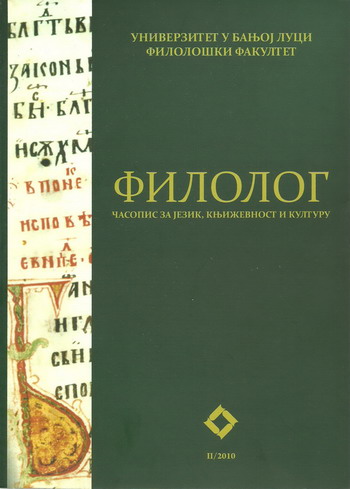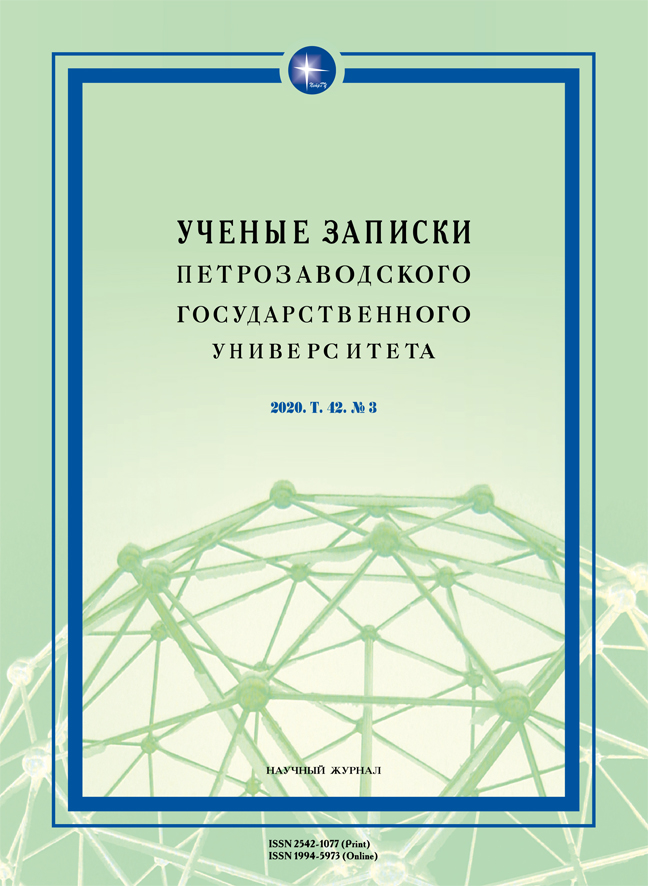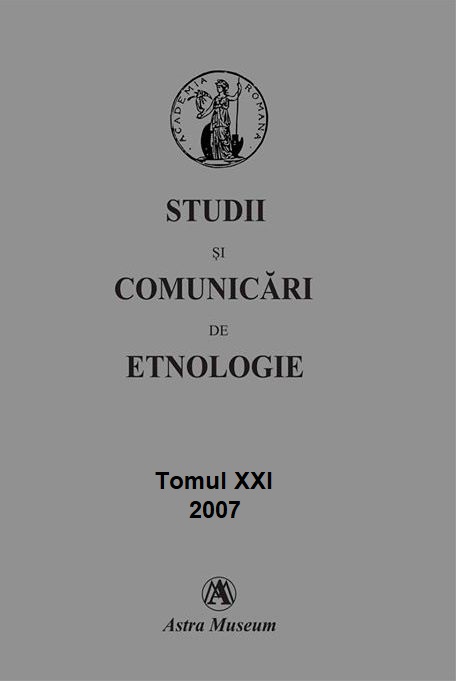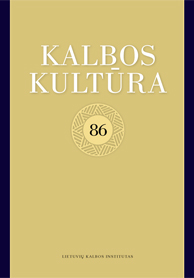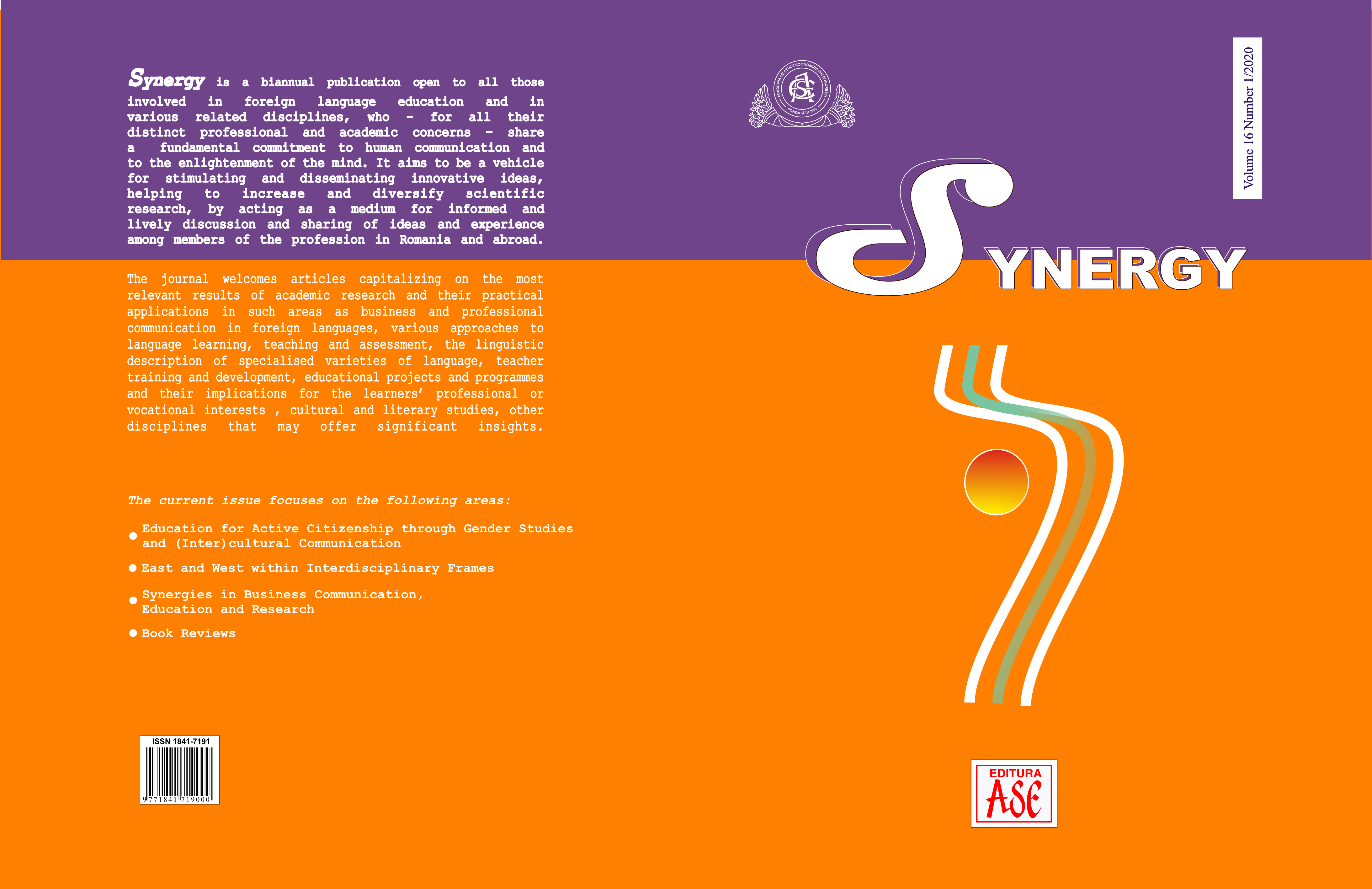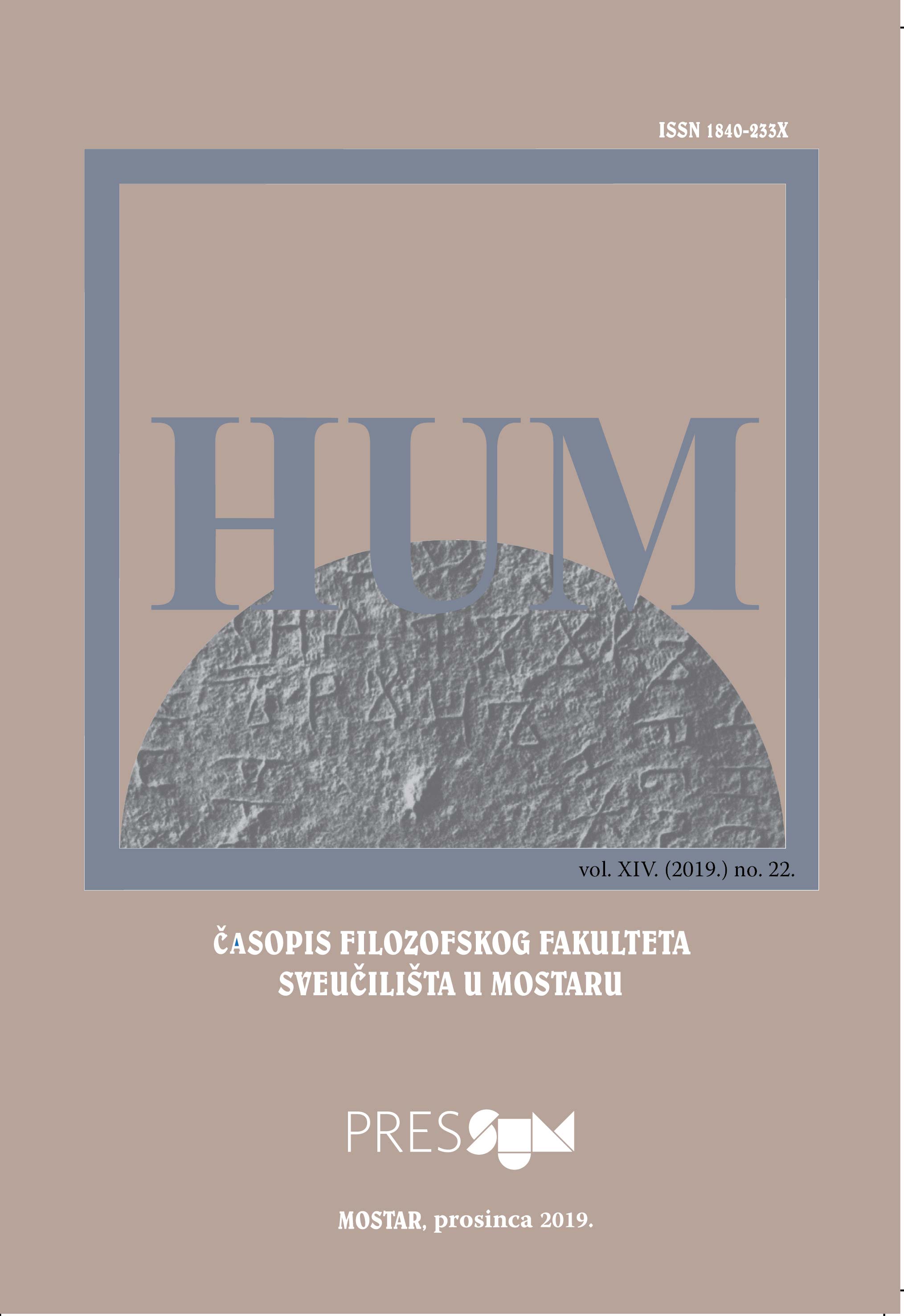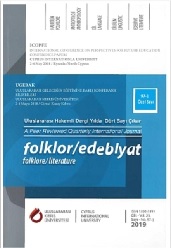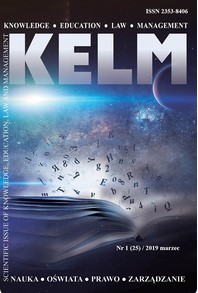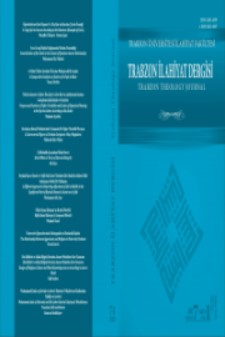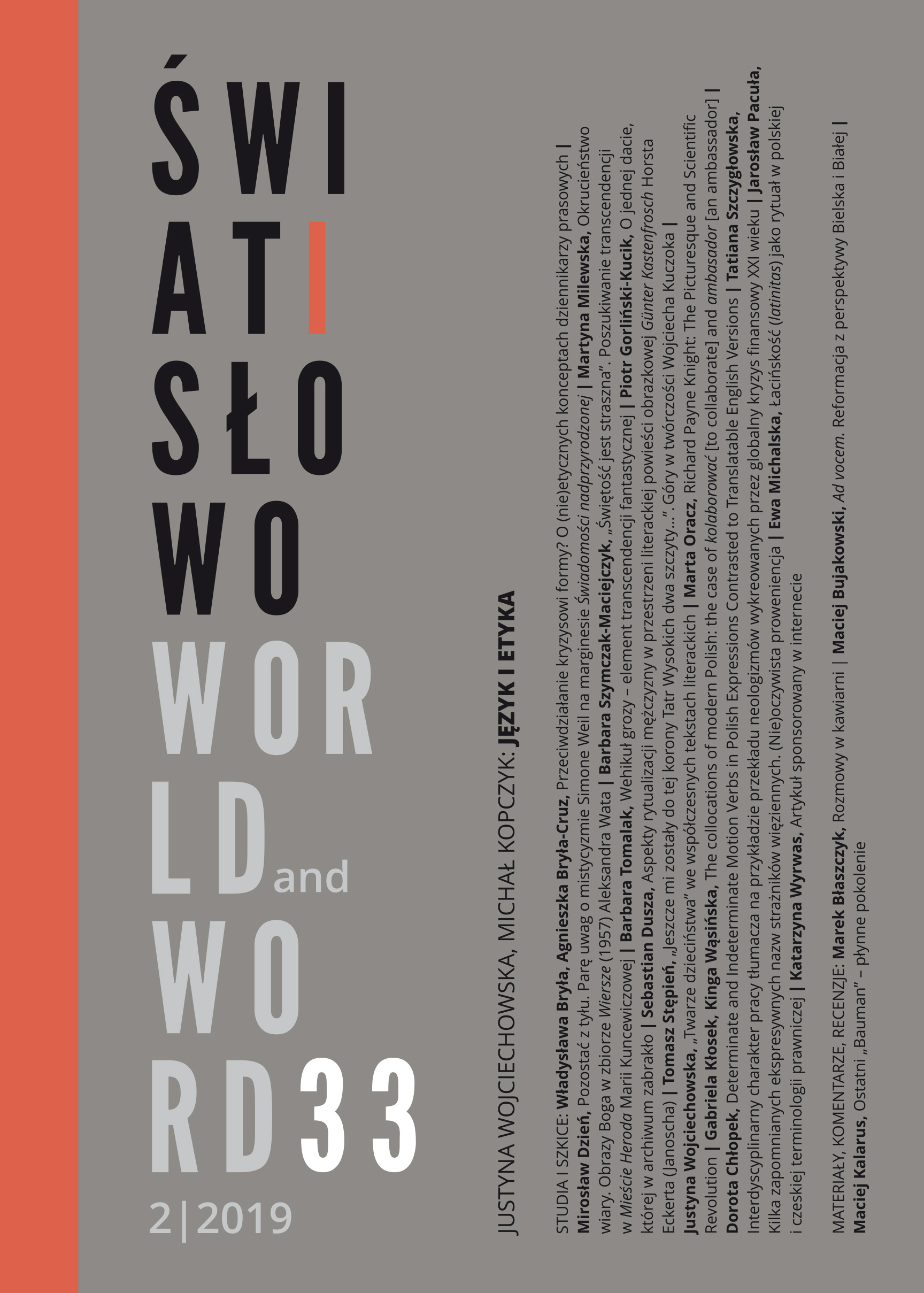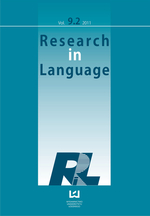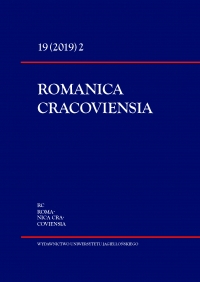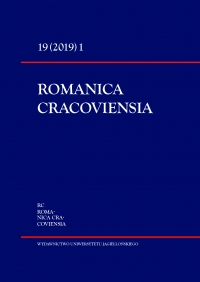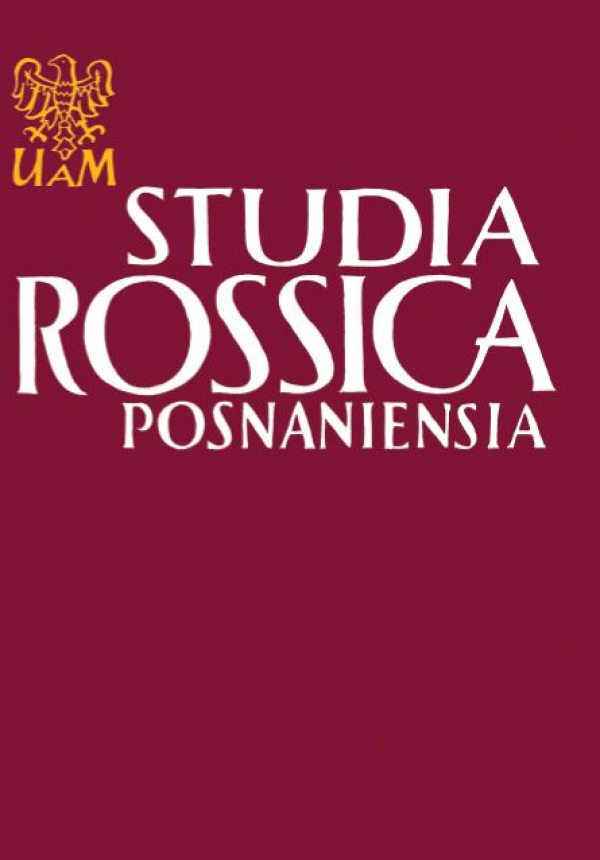Семантика этнонима чудь в коми языке
Dictionaries and text examples are used to analyse the senses of the word чудь in modern Komi and to define the diachronic relationships between those senses. By today, the word has become a polysemantic unit, while its original ethnic sense has faded making room for some new ones. Of the latter meanings, the pejorative and the poetic are of particular interest. So the word чудь has come to serve as a poetic synonym for ethnonym komi.
More...
